|
What the heck happened to November? It seemed to be nothing more than a flash after a beautiful and mild October by our Maryland standards. I distinctly recall Thanksgiving, Veterans Day, and a few football games here and there, but wow. Perhaps it lies in the fact that being a lifelong Phillies fan, I was simply engrossed in a magical time warp which lasted throughout the month of October and the World Series, known as the October Classic, was mostly played in November? Whatever the case, I’m sure, you, like me, had no idea that we missed a pivotal commemoration at the start of the famed 11th month, which I found out actually derived its name from the Latin word “novem” which means nine. November was originally the ninth month of the early Roman calendar, but I digress. The special day in question (that I missed) was November 1st, none other than “National Cremation Day.” Well, since I’m a cemetery employee, you certainly have more of an excuse than me to let this particular date get by you. And don’t worry, you didn’t miss much as there were no parades, special meals, gift exchanges, special church services, firework displays, or people wearing a certain color in honor of the practice of cremation. However, that’s not to say that some of these activities did not occur—because they did for another reason. All right, much of the previous rant was “tongue-in-cheek” as most of our readers know me by now. November 1st was designated as National Cremation Day back in fall of 2018. This date was chosen wisely as it actually falls on All Saints’ Day, and is sandwiched between two days with “life-long” associations with cemeteries and burial grounds. In the Christian tradition, All Saints’ Day is a festival honoring all the saints, both known and unknown. It is renowned in Mexico as it begins a celebration known as the Day of the Dead or Día de Muertos in the Spanish language. This is a multi-day holiday that focuses on gatherings of family and friends to pray for, and remember, lost loved ones, and to help support their spiritual journey. People go to cemeteries to be with the souls of the departed (children on the 1st and adults on the 2nd) and build private altars containing the favorite foods and beverages, as well as photos and memorabilia, of the departed. The intent is to encourage visits by the souls, so they will hear the prayers and the comments of the living directed to them. In places around the world like Mexico, celebrations can take a humorous tone, as participants recount funny events and anecdotes about the departed. 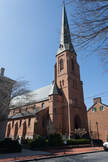 Many Americans celebrate All Saints’ Day, typically by attending special church services. It only seems fitting here in Frederick to do so as our town’s Protestant Episcopal congregation has shared the name of “All Saints” (All Saints’ Church) since the towns founding back in the mid-1700s. And yes, this group’s original house of worship, complete with burying ground, gave rise to the street name located adjacent their former property along Carroll Creek. Let's get back to National Cremation Day, shall we? It finds itself following the American tradition of Halloween, celebrated the day/night before (November 1st) on October 31st. Of course, this unofficial holiday has been heavily commercialized with candy and costumes, and for some reason keeps many people as far away from cemeteries as possible because of the unfounded narrative of creepiness. On the other hand, November 2nd is All Soul’s Day, an open invitation to visit burial grounds. Also called The Commemoration of All the Faithful Departed, All Souls’ Day is a day of prayer and remembrance for the faithful departed and observed by certain Christian denominations on this date since the 10th century. Through prayer, intercessions, alms and visits to cemeteries, people commemorate the poor souls in purgatory and gain them indulgences. Now that we know the significance of the date, what is the true significance and purpose of National Cremation Day? This was my thought a few years ago as I read articles about its creation. The main purpose given is simply to point out the fact that the practice of cremation has revolutionized the funeral and burial industry over the last few decades. Nationally, cremation has overtaken burials for the past six years, but Maryland has lagged slightly behind, according to data from the National Funeral Directors Association. In 2020, the association showed cremation rivaling traditional burial at a rate of 50%. The Cremation Association of North America (CANA) reported the cremation rate has grown more than 100 percent over the past eighteen years, from 25 percent in 2000 to almost 53 percent today. In some states, the rate now exceeds 70 percent. A bit of online searching showed me that Japan leads the world at 100% cremation of its residents with several neighboring Asian countries close behind. India is at 75%. On the other hand, the country of Romania has a 1% cremation rate. Here at home, Nevada leads the United States at 81%, followed by Maine (80.2%) and Oregon (79.5%). What’s behind these dramatic changes? Is this simply a factor of people breaking with family and faith traditions of the past? Or, is it a result of economics and the transitory nature of Americans? Most analysts say it’s due to three major reasons: the high cost of traditional funerals; the growing secularization of Americans; and the increased interest in green end-of-life solutions. The recession of the late 2000s certainly contributed to change as cremation had always been seen as a cheaper alternative to traditional burial. Add to this the fact that casket prices rose over 230 percent from December 1986 - September 2017 according to the National Funeral Directors Association (NFDA). An urn, is an economic alternative, but in many cases, families opt for the minimum of placing the provided container/box from the funeral home/crematory within mausoleum niches and small plastic vaults required for traditional burial of cremains. Like the casket, it will be unseen into perpetuity unless you choose a glass-front niche. The NFDA also indicate that fewer Americans today are looking to include a religious component in their end-of-life planning. A couple of decades ago, about 95% of Americans reported belonging to a religious group. Today, it’s more like 75%. And fewer Americans are actively religious. According to some studies, the percentage of “regular churchgoers” may now be as low as 15%. Religious tradition and services had centered on traditional burial for centuries in western culture. Breaking with tradition is a brave thing to do for some. 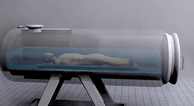 Based on its nature, cremation certainly creates a quandary with “the Green movement” because of emissions. Just as there is green burial, there is a new “green cremation” technology called Alkaline Hydrolysis, or “Aquamation.” It is legal in 21 states (including Maryland) for humans, but from what I read, nowhere in Maryland is set up for this yet. This process does not require incineration, but instead emulates what happens in nature, where water and time helps to decompose the deceased. But instead of requiring decades, the process takes around 3-4 hours. As you can see, cremation has certainly impacted the industry. In the same vein, it has also uniquely changed the way public grieving and memorialization is conducted by giving more options that are not time-constrained. If anything else, the decision to cremate generally allows time for the family to make decisions about a memorial service and plans for a final resting place if this hasn’t occurred already. Individuals may not have to make immediate travel plans to the scene of burial as was always the case with immediate burial within days after death. However, the suspension, or pushing back, of closure could bring its own issues, but this is a conversation best led by a grief counselor or licensed psychologist. 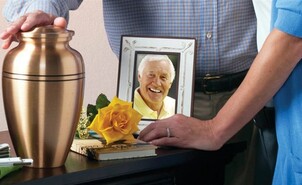 We here in the cemetery business are seeing an issue of people getting over their grief, but sometimes not acting in a timely or responsible manner in carrying out the decedent’s orders by putting them in a proper resting place. More on that in a bit. From personal experience, I have lost both parents. My father was buried in traditional manner and we had two wakes and a full funeral service in the three days after his passing. My mother was cremated upon her passing, and my brothers (living in Orlando and Brooklyn respectively) and I hosted a memorial service six months later. My folks had different approaches toward their end-of-life planning and I look back at both services being comforting send-offs. The lasting thing for my siblings and I is knowing that we carried out our divorced parents final wishes on how, and where, their mortal remains would be placed and memorialized. My father is buried in his hometown of Delaware City, Delaware, only feet from his parents and grandparents and other relatives in a small-town burying ground. It’s located across the street from his boyhood home, currently the house of his brother, last living member of Dad’s immediate family. My mother lived her final decades outside of Shepherdstown, WV. One of her biggest loves of her life was her church, St. Agnes Catholic Church, where she was an ordained altar-server. In the mid-2010s, the Shepherdstown church announced plans to build a columbarium on their grounds and she shared this news, and her desire to be placed here, with me. I accompanied her on a few trips to observe the construction, and she was always excited to show me her outdoor niche. However, I never would have thought that we would be placing her there only a year and a half after its completion. Cemeteries are for the living they say—responsible for providing a dignified place for those buried within its grounds. They are to be a comforting place for visitors, and places of contemplation and reverence. One of my oft repeated lines to history lecture and walking tour participants is this. They say you die two deaths. The first is the obvious failure of the human body and shutdown of the vital organs and brain. The second (death) is the true death blow, and that involves people not saying your name anymore, or visiting your grave, or remembering that you walked the earth. That’s why I like visiting cemeteries, and writing/telling these stories about those buried, and inurned, here at Mount Olivet. I recently came across a blog by a lady named Katie Thornton that gave me reason for pause. In her article entitled “Why Cemeteries Tell us More About the Living Than the Dead,” Ms. Thornton says: ”Most monuments to history are created in a top-down manner. Individuals “earn” (in inverted commas) a place in our mainstream retelling of history through a combination of notable deeds and substantial social privilege. Cemeteries are, in theory, more representative archives; in these spaces, individuals and families are given an opportunity to etch their own names into the annals of history. But in order to write oneself into the cemetery’s archival landscape, one has to be allowed there. Globally and throughout time, people have been (and continue to be) prevented from erecting markers—or excluded entirely from certain cemeteries—based on their inability to pay, or their race, ethnicity, class, religion, gender, sexuality, and illness/disability. So, while cemeteries may be more egalitarian archives, they are archives no less. As such, they bear many of the shortcomings and conspicuous vacancies of more formal repositories of history, like museums and monuments.”  Today, all individuals are welcome to be interred and memorialized here in Mount Olivet Cemetery. Now we are operating as a business, so there are costs involved. But the opportunity exists. I’ve also seen where those costs have influenced some people to cut corners, or in some cases, not carry through plans made by the decedent. This could be due to financial hardship, but sadly in some cases it is because of laziness and in yet other very unfortunate cases, family fighting or greed is to blame. Existing rifts, coupled with the potential for financial gain through estate inheritance can do terrible things to some families. This time of year, many a home will be decorated with holiday stockings hanging from a proverbial mantel and recent phenomenon of “elves on shelves.” But there are plenty of homes where Santa must use specific care upon recovery from chimney drops (with bags of toys) as not to disturb loved ones in the form of cremains placed on mantels and shelves. Now, I don’t mean to offend, as I understand that the grieving process requires this in some cases with certain individuals and no judgement here. However, I do get a little “weird-ed out” by people that say they have no better place to store Aunt Betty, or will get to finding her a better place at some point later in the future. And what if that point doesn’t come? Will people move urns of cremains around from home to home like kid sports trophies and childhood trinkets? What happens if Grandpa Herb is dropped, lost, or forgotten when his cremains got stuffed in a plastic storage bin with old college books and childhood baseball card collections? I can hear some people laughing, or simply saying, what’s the difference in the bigger picture. Well, I simply ask not what you would think if these ashes were yours, (because you may not care) but what about the decedent? What were their thoughts and wishes about final resting place, memorialization and level of reverence? To each their own, but I don’t want my ashes tossed about like a football or packed away and unpacked on several moves. Eventually this could lead to somebody down the line throwing me in a dumpster, or dropping me on a city street. Again personal choice, but remember I come from this from the context of having a career based on celebrating and remembering those no longer with us. I strive to keep people from experiencing that poetic, second realm of death-dom of simply being forgotten forever. Four years ago, we were approached by our good friends at Stauffer Funeral Home with a conundrum. We were told of a situation they had on their hands involving "orphaned cremains." They had a closet-full of packaged cremains and urns that had not yet been claimed, most dating back decades. This included multiple individuals, all well labeled, but possessing no eternal home and final resting place. As I just said, these cremains (people/loved ones) had simply never been retrieved for proper inurnment, burial or mantel placement, if anything else. Stauffer did not accumulate these remains on their “business watch” as these were inherited through their acquisition of the former Robert E. Dailey & Son Funeral Home. Stauffer felt a profound obligation to find a proper “final home,” and reached out to us for help. A solution came into view with the idea of purchasing a communal crypt space in our main chapel mausoleum. Stauffer purchased a location, and provided a casket to house 61 individual cremains. This exercise allowed us to record each of these individuals for posterity in our interment books, giving them a permanent resting place in a reverent and respectful manner. I was really impressed by this gesture by Stauffer, finding a tasteful solution to a problem that had been on the table (literally and figuratively) for years. Soon after, Keeney & Basford Funeral Home would follow suit by also purchasing a cryptspace in our mausoleum for their “orphaned cremains.” When our Superintendent was creating interment cards and entering these individuals in our books back in 2018, I randomly picked one of the names and decided to conduct some biographical research work. The name I pulled was that of Marion Louise MacPhail. Unlike my usual hunts to learn about those possessing memorial “stones” in the cemetery, these people have no physical monuments built to them, or plaques showing their names. Moreso, I wondered why no one had picked them up from the funeral home? Even in the earlier days of Mount Olivet, we had an area called “Strangers Row,” where unknown or destitute visitors to town or individuals were buried. This had to be done, as there was no other recourse to humanely deal with a corpse at a time predating cremation. Sometimes, family members, friends and acquaintances would never know the whereabouts of an individual—especially if they were “estranged.” This situation with orphaned cremains sort of reminded me of that situation, but I’m sure factors of procrastination, laziness, destitution, and family dysfunction could have also played a role in abandoning these cremains.  Marion L. MacPhail She’s now coded as burial #39663 in our Mount Olivet records system, and the box that holds her cremains simply includes her name and a cremation number given by Cedar Hill Cemetery in Washington, DC, where the process was conducted. Marion Louise MacPhail was 83 years old at the time of her death in November, 1980 and that's all we knew upon receiving her cremains from Stauffer Funeral Home. Imagine my surprise when, with a simple Google search, I learned that this box contained the mortal remains of the woman whose name is synonymous with an annual award given to Hood College students since the early 1970s! THE MARION MACPHAIL PRIZE is awarded to a senior major in Spanish who is not a native Spanish speaker and has not lived in a Spanish-speaking country for more than three months prior to entering Hood College. This award is given in recognition of proficiency in the Spanish language. My heart sunk as I said to myself, how could a collegiate-award namesake have her ashes left in a closet for decades? Now this wasn’t Hood College’s fault, and perhaps there is no one to blame, but I wanted to learn more about this interesting lady and her life once lived. Born on March 22nd, 1897 in New York City, Professor MacPhail was the daughter of Malcolm Russell MacPhail (1864-1941) and wife Janet Louise (Woodburn) MacPhail (1868-1945), both immigrants of Canada who moved to Brooklyn, New York around 1890. Marion had one brother, Walter Russell (1902-1971), and spent her childhood years in New York where her father worked in banking. I learned from Malcolm MacPhail’s obituary (published in 1941) that the family moved to Charlotte, North Carolina in 1914. From here, Marion would be readily prepared for her future with higher learning. She attended Agnes Scott College in Decatur, GA, followed by a return to New York City to obtain her Master’s degree from Columbia University. Additional studies took her abroad to the University of Madrid in Spain, the University of Grenoble in France, and the Middlebury School of Languages in Middlebury, VT. The first mention of Marion L. MacPhail in Frederick, MD came with a listing of new faculty members for Hood College for the fall semester of 1926. She is listed as an Assistant Professor of French. This began a career that would span 40 years over the next four decades. She would retire as associate professor emerita of modern languages in 1966. Over this span, she taught Spanish as well. I found her living on Dill Avenue with the family of John Grove in the 1930 US census. A decade later she would reside on Elm Street. Both locations made for an easy commute to her day job. She seemed to spend many holidays and early summers going home to North Carolina. Here are a couple articles found in the local papers that give a hint to Miss MacPhail's activities as an educator that took her out of the classroom to give students special learning experiences. I reached out to my friend Mary Atwell, Archivist and Collections Development Librarian for Hood College for some assistance. She sent me some images of Miss MacPhail from Hood yearbooks and also a questionnaire for the school's Publicity Department filled out in 1943 which shed more light on this learned lady’s educational credentials among confirmation of vital information I had already gleaned. I found plenty of mentions of Marion in the local newspapers of yesteryear. Most were faculty listings and school-related activities as you would imagine. One of the earliest included news of her return from a summer break trip to France and Spain. Her students would be enriched by her tales of travel and everyday use of the languages she taught them. Professor MacPhail also educated the community with programs presented to area civic clubs, illustrated with photographs taken abroad. Marion would never marry, but was always surrounded by youthful spirits in the form of the “Good Girls” from Hood. I also came across a mention that at least one summer (1950) she spent as a housemother for a camp in North Carolina. Here are a few more articles found in Frederick papers and images from Hood yearbooks. It appears that Miss MacPhail was extremely active in a group called the American Association of University Women, and was a member of the Frederick chapter. She held many positions including president, treasurer, membership chair and served as a delegate to national conferences. Lastly, I found a few other tidbits on Miss Marion in the paper from her testimonial for the Knights of the Round Table motion picture starring Richard Burton, to an unfortunate hit and run fender bender a few blocks from school a few days before Christmas (my first I might add). Professor MacPhail retired in 1966, and continued involvement in local Frederick activities and assisting the school that provided her with a career of 40 years. Interestingly, her replacement was Miss Charlotte Moran, who too, was a former graduate of Middlebury College in Vermont like her predecessor. Marion Louise MacPhail would die in 1980, on the month that translates to “nine” on its 15th day. Ironically, I vividly remember what I was doing the previous month of October (1980) as a seventh grader. My Philadelphia Phillies won their first ever World Series. Arrangements and a memorial service were handled by Robert E. Dailey & Sons Funeral Home, once located on N. Market Street, now home to the New York New York Hair Salon and Day Spa. The burial was said to be private, but as we can see, it never occurred. Interestingly, Marion L. MacPhail’s name, birth and death dates appear on a ground level cemetery marker in Charlotte, North Carolina’s Forest Lawn West Cemetery. You can also call up her memorial page on Findagrave.com. Was there a service there, just without the “guest of honor?” So what happened? Or better yet, what didn’t happen? We may never know. She was the last of her immediate family. I just wonder if Marion desired to be buried in North Carolina, or if it was an assumption planned by her parents, but never followed through? Is she truly “Home for the Holidays?” As a language teacher, fluent in the Spanish language, and well-versed in the customs of Mexico like “The Day of the Dead,” perhaps we can get the answers by communing with Marion next November 1st—or 2nd. At least she is not in a file drawer or storage closet. I do want to share the names of those in the Stauffer “Orphaned Cremains” crypt at the end of this story. I noted a few physicians within the group, and feature the obit of one of them here named Dr. Gilbert Max Schucht who seems to have had an interesting background. I'm sure all are special in their own way, just like the 41,000 others interred here within "Frederick's Other City" as they used to call Mount Olivet. I will say that we have been able to remove a few cremains from the Stauffer crypt in an effort to give homes elsewhere on our grounds. Once such, John Thomas Pitts, was moved a few weeks ago upon the death of his mother. Both were buried next to his father in an old family plot located in area R/Lot 55. (As John Thomas Pitts' cremains were removed from the Stauffer crypt, I was afforded the opportunity (with access to the opened crypt) to photograph Marion MacPhail's cremains for use with this story.) There is another story of "reuniting," while involving the Stauffer crypt inhabitants that I’m more familiar with. This was the case of Harry Edward Allan, Jr., who died in July of 2005. Mr. Allen’s widow, Marie Angelina (Verona) Allen apparently never retrieved her husband from Dailey’s Funeral Home before her death in June of 2020 at the height of Covid-19 quarantine lockdown. She was in a nursing home and as was the case with so many people, communication and visitation opportunities were stifled by safety protocols. The Allens had four sons, two lived in Frederick, while the other two lived in Colorado and New York respectively. Plans now were discussed to take action with a cemetery, however a concrete timeline couldn’t be established because of the pandemic. Of course, Dad fell through the cracks years earlier, well not figuratively as he actually stayed intact throughout the move to Stauffer Funeral Home and storage therein at their location on Opossumtown Pike. The story goes that one of these sons, Robert S. Allen of New York, took the initiative to take action on his father’s cremains as his mother’s would soon be in hand. However, he didn’t know where his father’s cremains were, assuming that his mother had retrieved them at the time of his death in 2005. Robert’s wife, Carolyn, conducted a search for her father-in-law’s mortal remains in late 2018. Her sleuthing eventually led to Stauffer, and ultimately to us in 2019. Plans were made for a double interment of Mr. and Mrs. Allen in our relatively new Cremation Garden feature located in Area TJ. In May of 2021, the cremains of the former husband and wife were given a proper sendoff and placement by the Allen brothers and other family and friends. (Note: since the service, son Harry E. Allen would pass and his cremains have been placed with his parents.) I think its safe to assume that all these orphaned cremains are "home for the holidays." Consider the shelf for elves and other keepsakes, and not human cremains. Thank you Stauffer Funeral Home, Keeney & Basford, and those family members that have the "aha" moment to dignify decedents with reverent resting places. Below is a list of those individuals whose cremains are in the Stauffer Crypt in Mount Olivet's Mausoleum Chapel. (Note: an asterisk marks removals to other parts of the cemetery). Please contact us if you have connection to any of these folks.
1 Comment
Jacquelyn M Ebersole
12/5/2022 12:00:00 am
Because I am now President of Park Heights Cemetery and because I am just a busybody I knew I had to read your story. I also helped set up a display at our Brunswick museum several years ago dealing with death and dying. I loved your whole story. You kept me wondering where were you going next. Really interesting the whole way.
Reply
Leave a Reply. |
STORIES
|
Archives
July 2024
June 2024
May 2024
April 2024
March 2024
February 2024
January 2024
December 2023
November 2023
September 2023
August 2023
July 2023
June 2023
May 2023
April 2023
March 2023
February 2023
January 2023
December 2022
November 2022
October 2022
September 2022
August 2022
July 2022
June 2022
May 2022
April 2022
March 2022
February 2022
January 2022
December 2021
November 2021
October 2021
September 2021
August 2021
July 2021
June 2021
May 2021
April 2021
March 2021
February 2021
January 2021
December 2020
November 2020
October 2020
September 2020
August 2020
July 2020
June 2020
May 2020
April 2020
March 2020
February 2020
January 2020
December 2019
November 2019
October 2019
September 2019
August 2019
July 2019
June 2019
May 2019
April 2019
March 2019
February 2019
January 2019
December 2018
November 2018
October 2018
September 2018
August 2018
July 2018
June 2018
May 2018
April 2018
March 2018
February 2018
January 2018
December 2017
November 2017
October 2017
September 2017
August 2017
July 2017
June 2017
May 2017
April 2017
March 2017
February 2017
January 2017
December 2016
November 2016







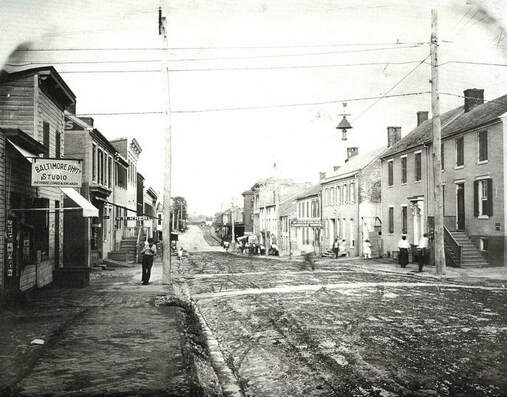














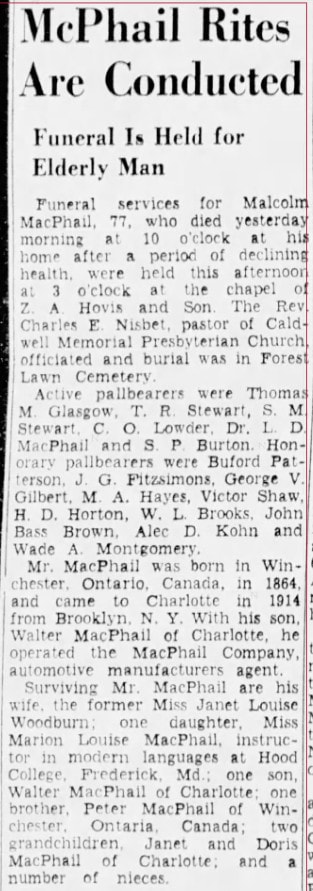

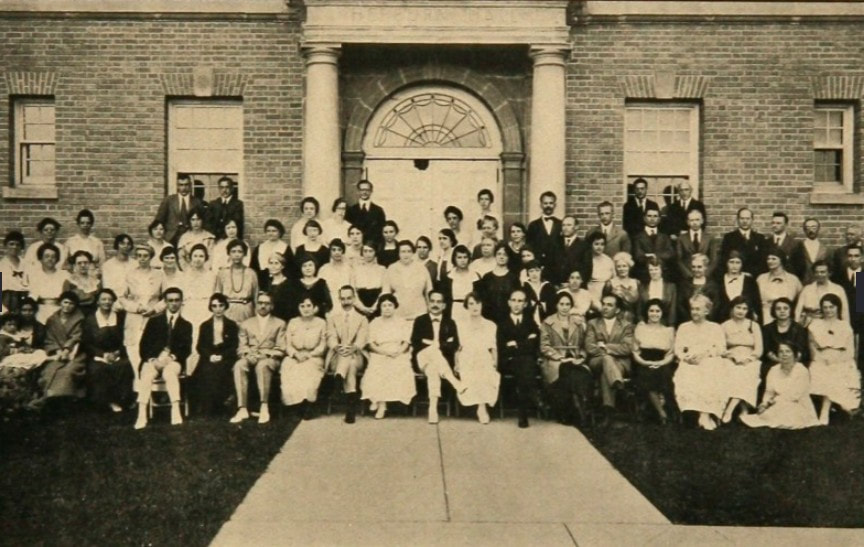











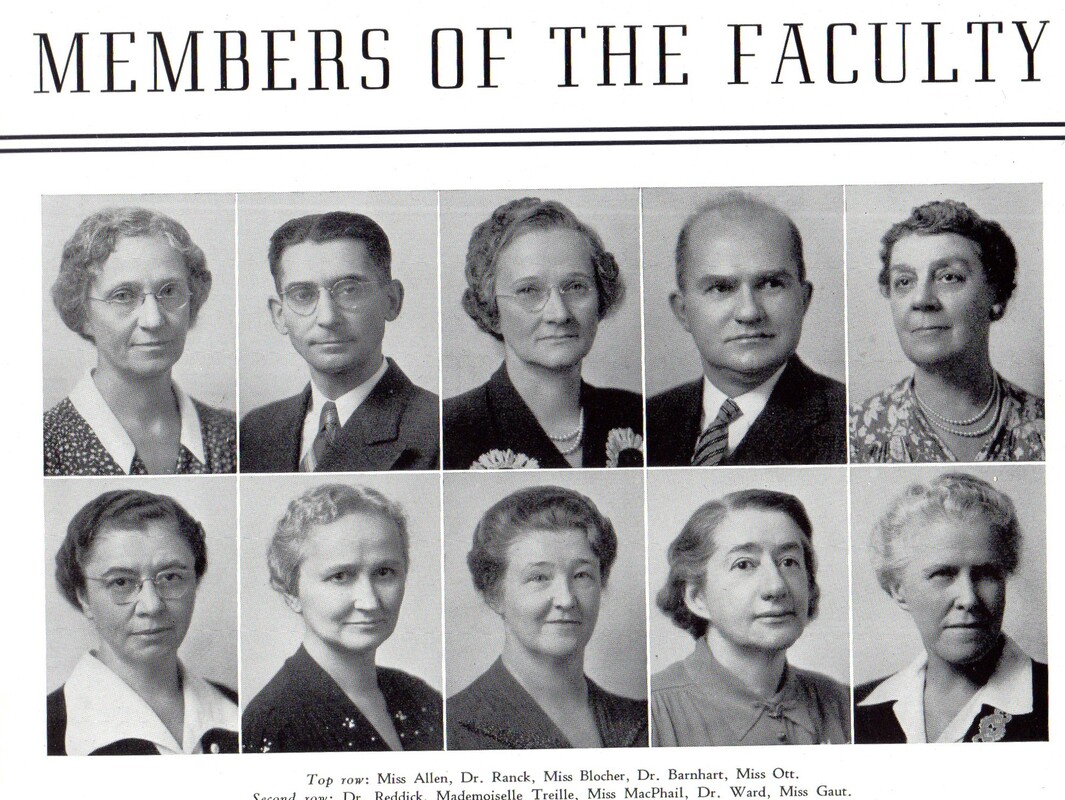

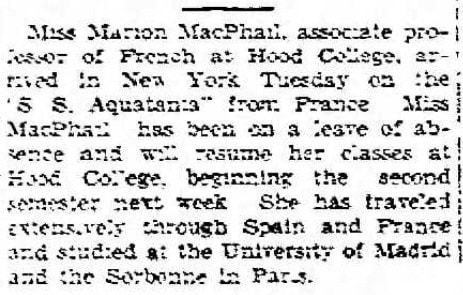


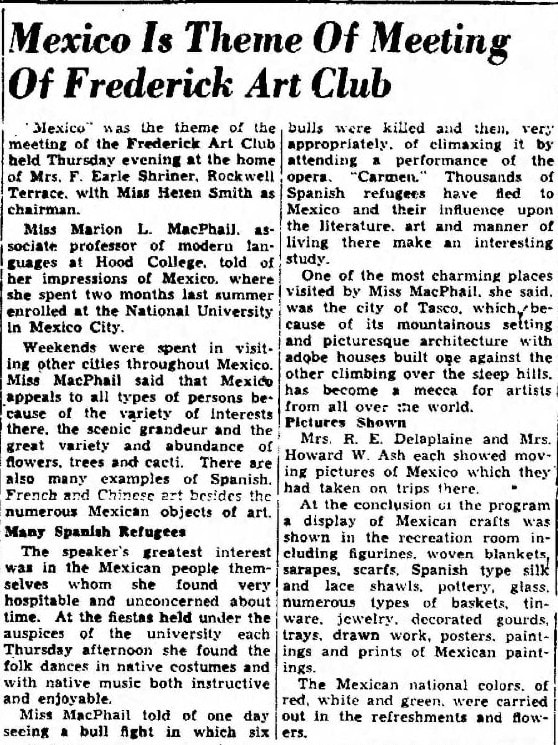

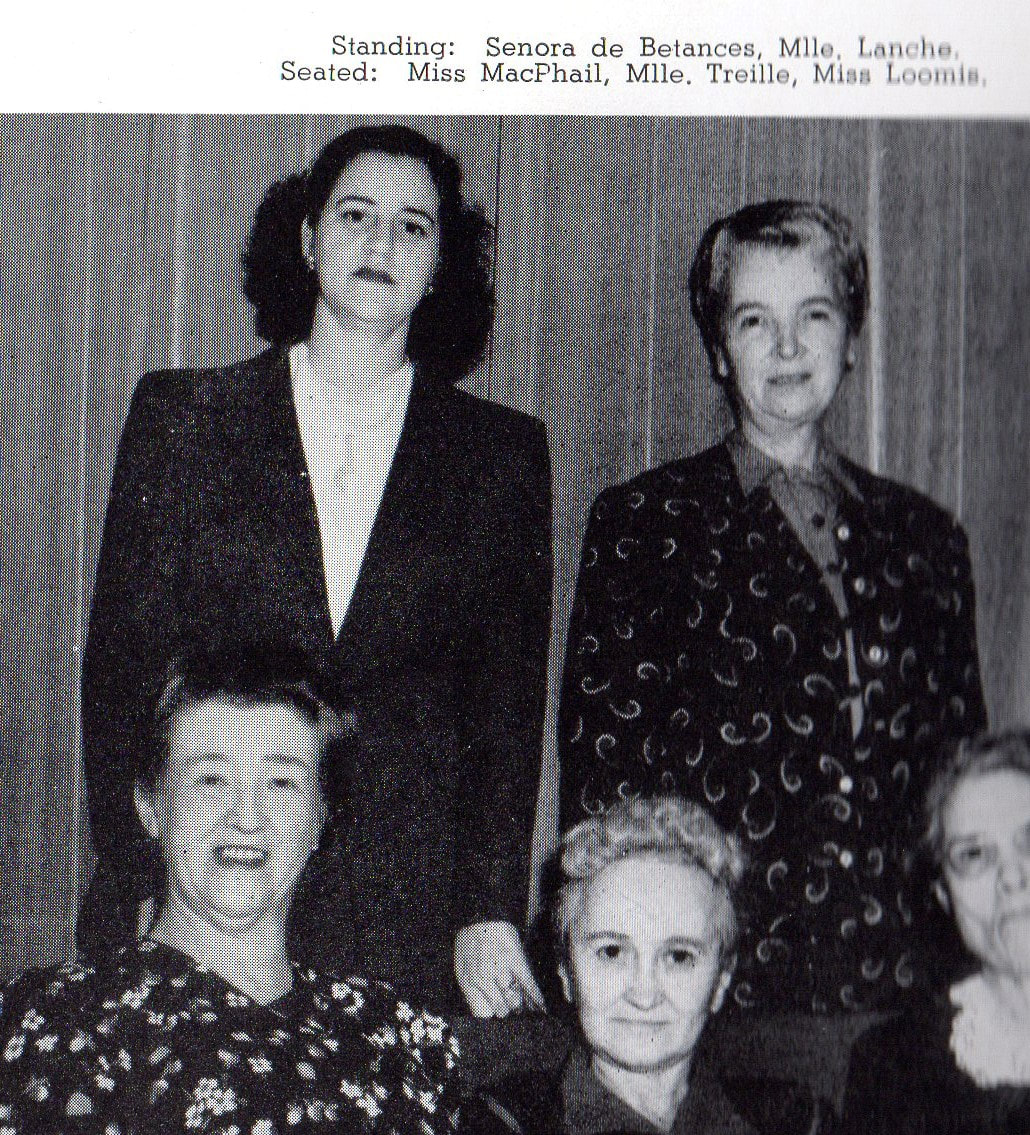






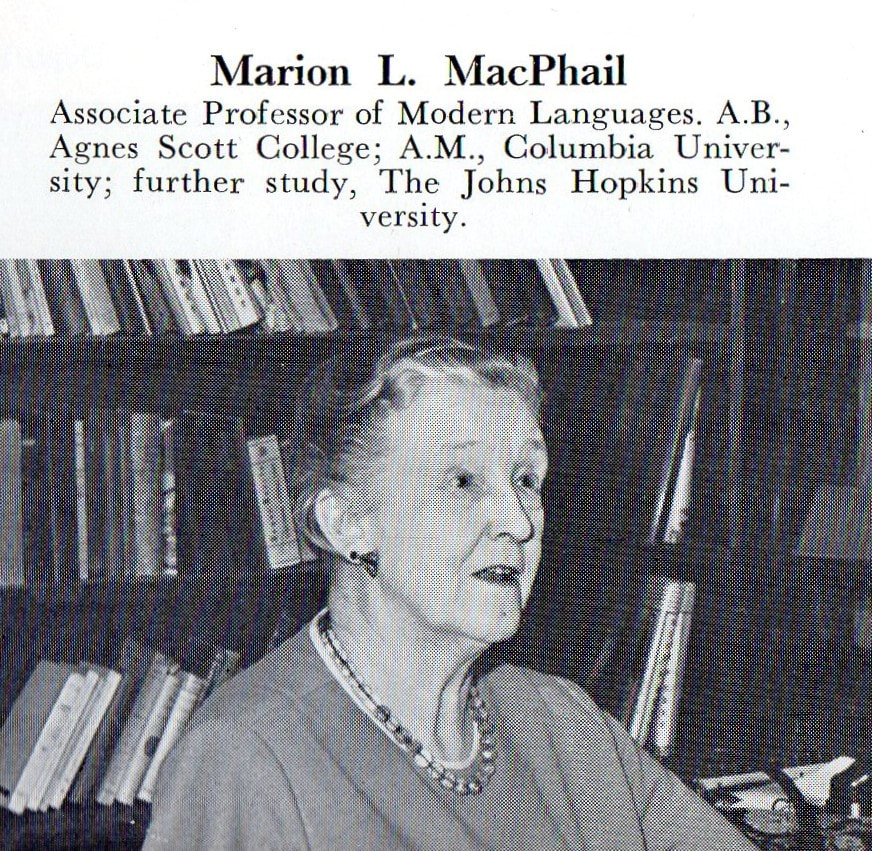


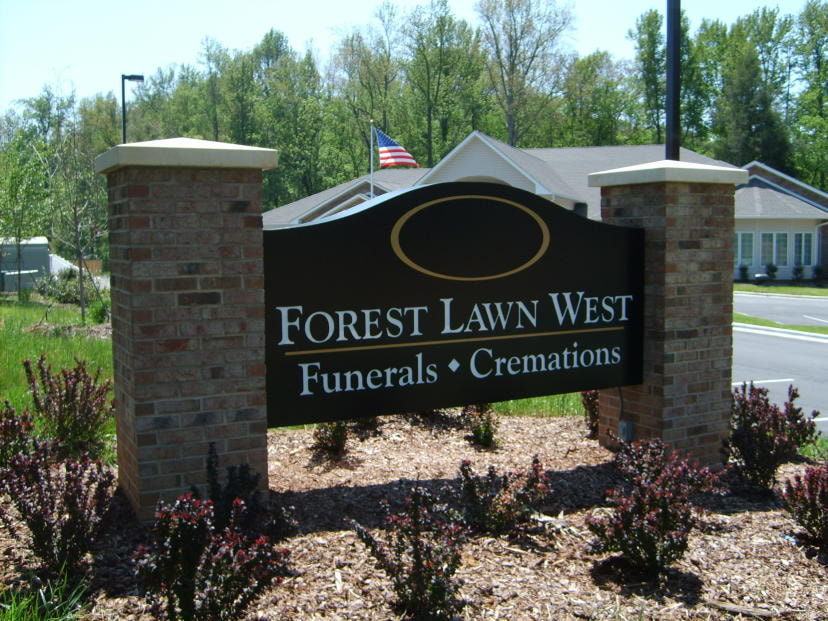


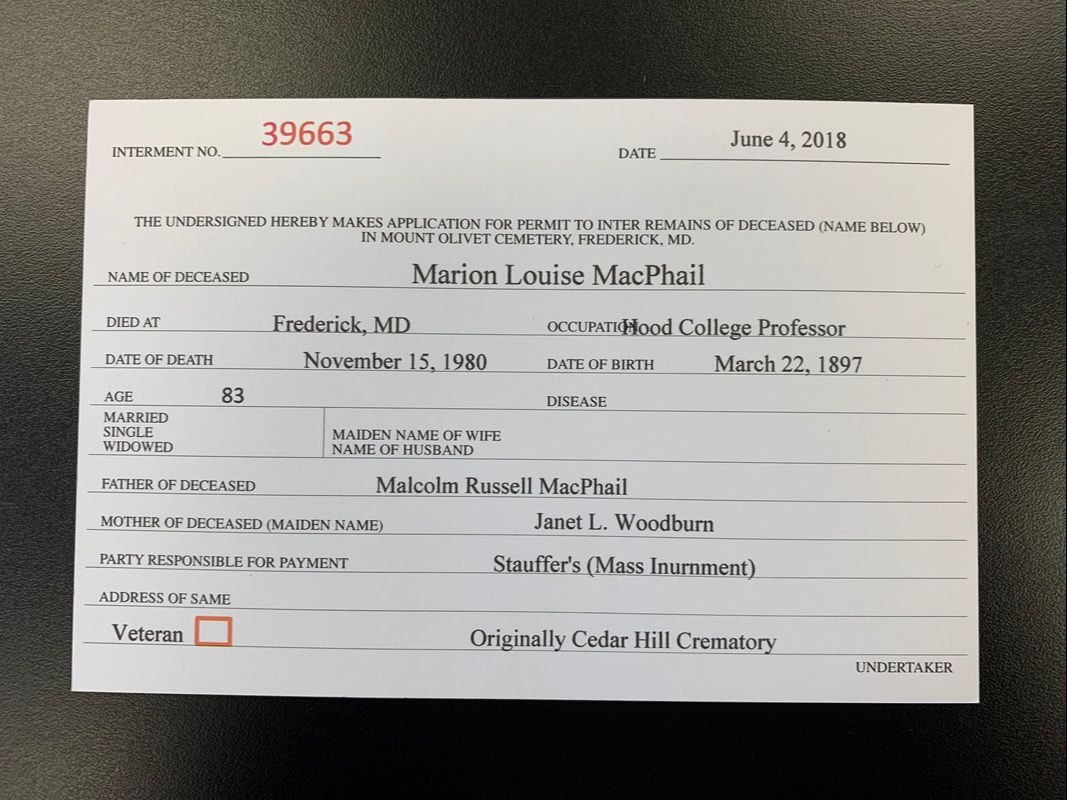


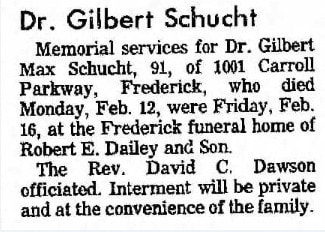
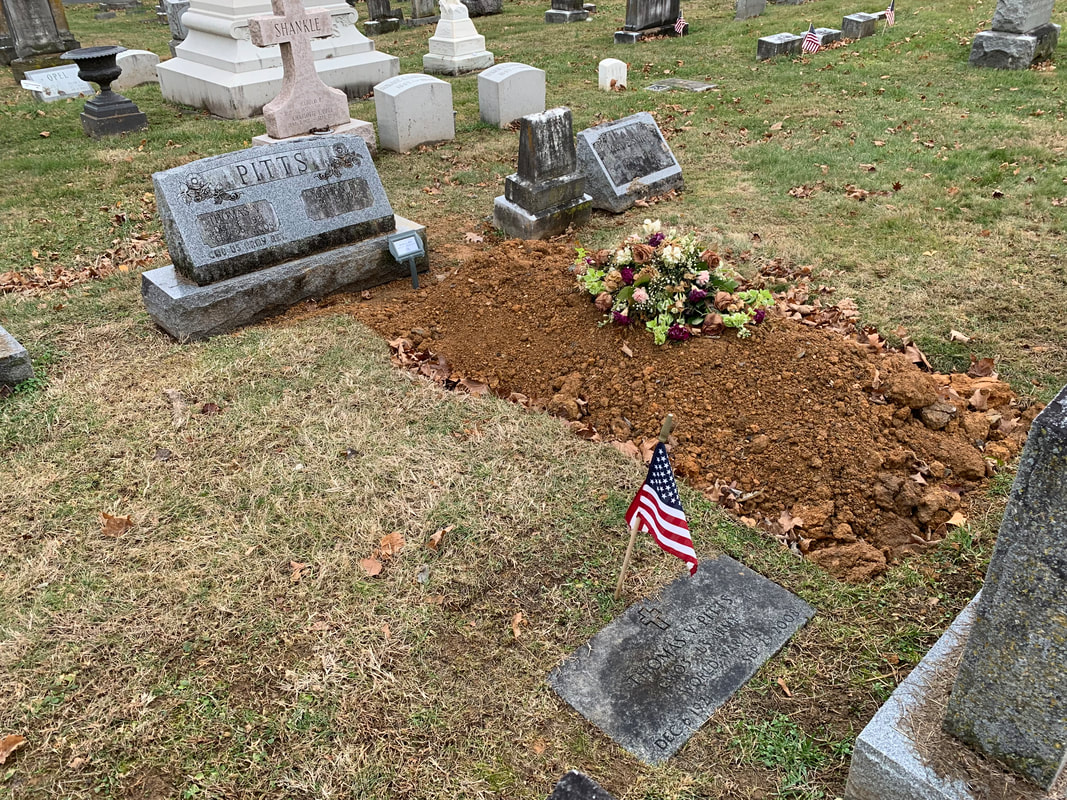


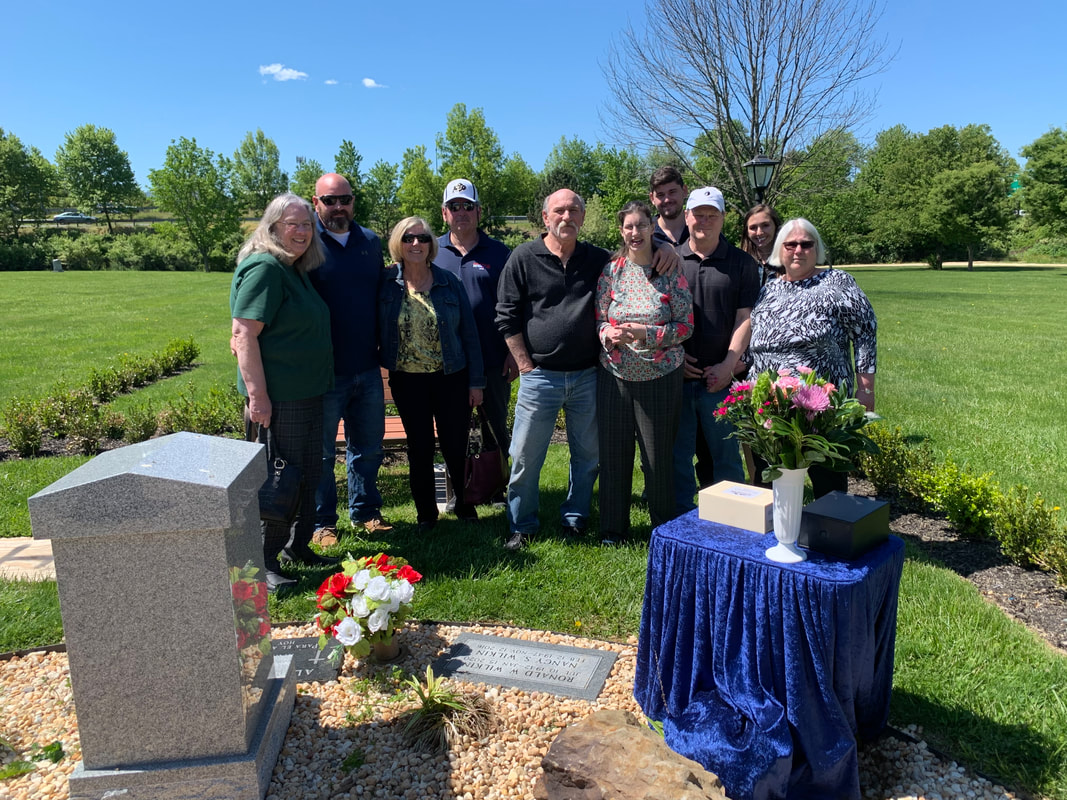
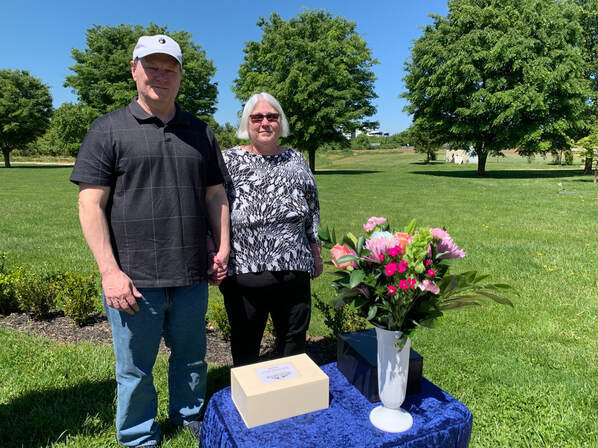






 RSS Feed
RSS Feed